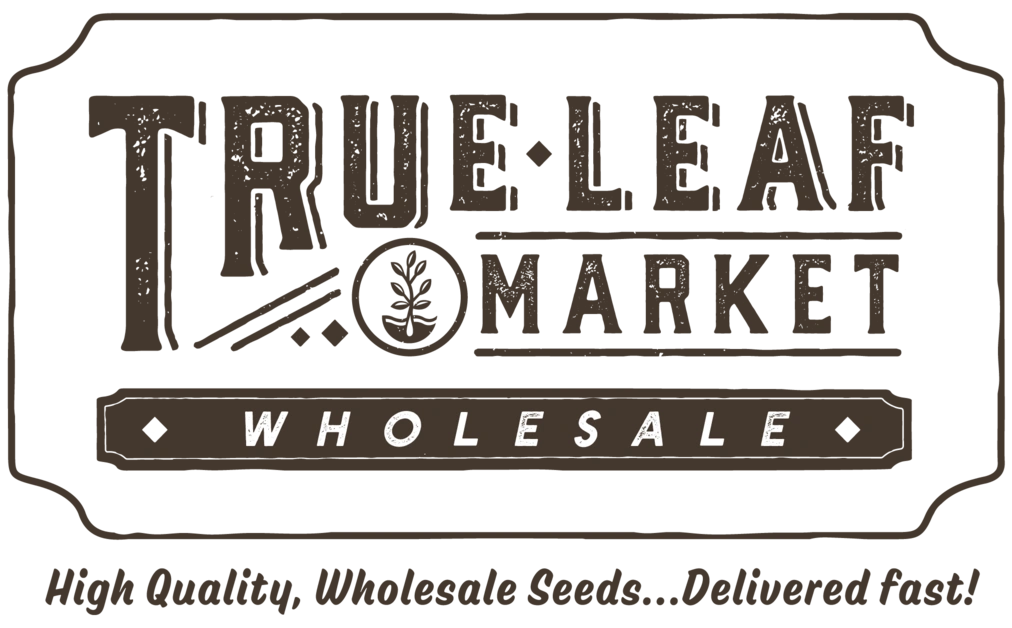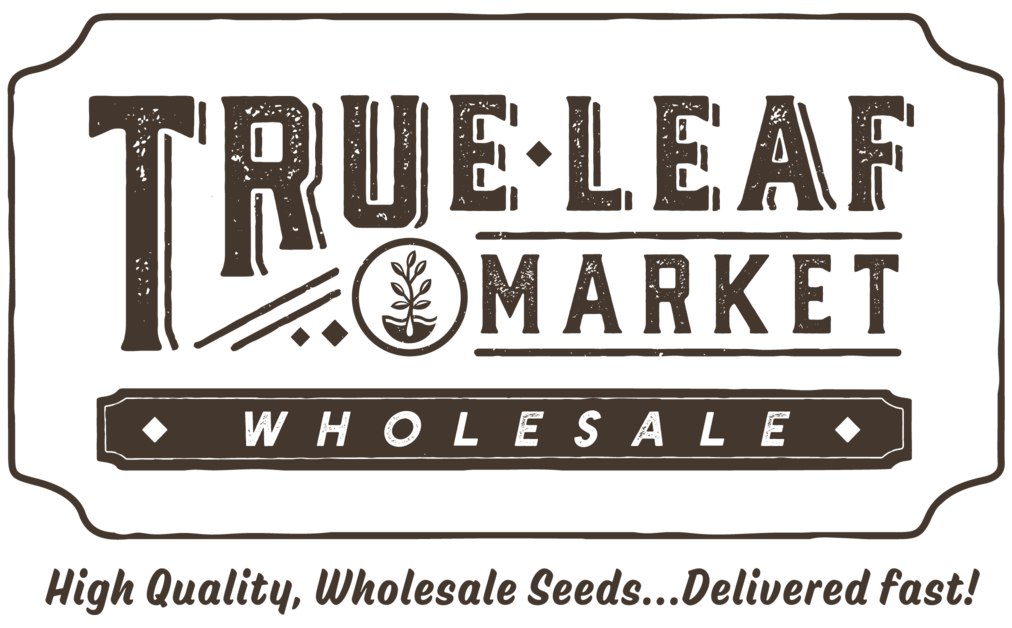Growing Non-GMO Borage Culinary Herb Seeds
How to Grow Borage Culinary Herb from Seed
When growing borage from seed, it prefers soil that is well drained and rich. Many people enrich their soil with
Organic matter and aged compost prior to sowing borage seeds as it responds well to the extra nutrients. When sowing
seeds, place 3 per foot and a quarter to a halk inch into soil and lightly cover. Space the plants 24" apart to
encourage growth and make sure that they do not grow on top of one another.
Sow seeds in early spring, just as the soil has begun to warm up. Borage performs best in soil that is 50 degrees F
and above, particularly in its earliest stages of growth. Germination should occur after 7-14 days. Borage plants
typically reach maturity after about 60 days, blossoming bright blue star-shaped flowers. Water the plants regularly
and make sure that it receives sunlight daily to ensure optimal growth.
Borage Culinary Seeds in the Herb Garden
Borage, while it prefers rich, well-drained soil, performs well in most soil conditions. It tolerates drier soil
conditions as well as wetter ones. It is not terribly picky in terms of growing conditions, as it is a hardy plant
that can tolerate most. Even with this, it's best to adhere to its preferences if possible. Borage can withstand
drier and wetter soil conditions easily but prefers to be settled somewhere in the middle with moderate watering. As
borage grows to maturity, it typically requires watering even less than before up to once a week.
Borage has bright blue, star-shaped flowers that explode in a blue profusion all summer attracting honey bees. This
makes borage one of the most attractive herb plants to us as beekeepers. If you are one of the many people this year
trying to help save the vanishing honeybee this is a perfect plant.
Try planting sunflowers in the same bed. The sunflowers will occupy the over-story (area above the borage) providing
valuable pollen to the bees and their wonderful yellow color is a great contrast to the blue of borage. We also
plant borage under our trees in the heirloom fruit orchard.
Harvesting Borage Culinary Herb
Harvest borage when the plant has finally matured, after around 60 days of growth. It is easiest to harvest the
leaves and flowers with scissors, cutting the young leaves as these leaves are likely less coarse than the older
ones. Harvest the flowers as soon as they begin to open and blossom. This is when they will have the most flavor and
aroma. Borage may be harvested through multiple ways, whether it be scissors or by using a hand-picking method.
About Borage Culinary Herb Seeds
Borago officinalis. (60-70 Days)
The flavor of the borage leaves resembles that of cucumber. Borage will grow to a height of about 18", and spread
about 12." Borage is hardy annual that is a native of northern Europe, and grows well in the temperate regions of
North America.
In cuisine, borage herb is used in many dishes such as soups, sauces, and pasta fillings in parts of Europe. The
borage flower is edible and can be added to salads, lemonade, teas, and much more. The borage herb can also be dried
and sprinkled onto dishes, as the strong cucumber taste can add interesting flavor notes.
The flowers and young leaves may be used to garnish salads, dips, and cucumber soups.
Borage has been used as a tonic for the adrenal glands, it provides an invaluable support for a hectic lifestyle.
Borage is also rich in minerals, especially potassium. It has been said that a tea made with borage helps to reduce
fevers and ease chest colds. Historically woman in the past have used an infusion of borage to act as a
galactagogue, promoting the production of milk in breastfeeding mothers.
Seeding Rate: ~75 Lbs an acre




